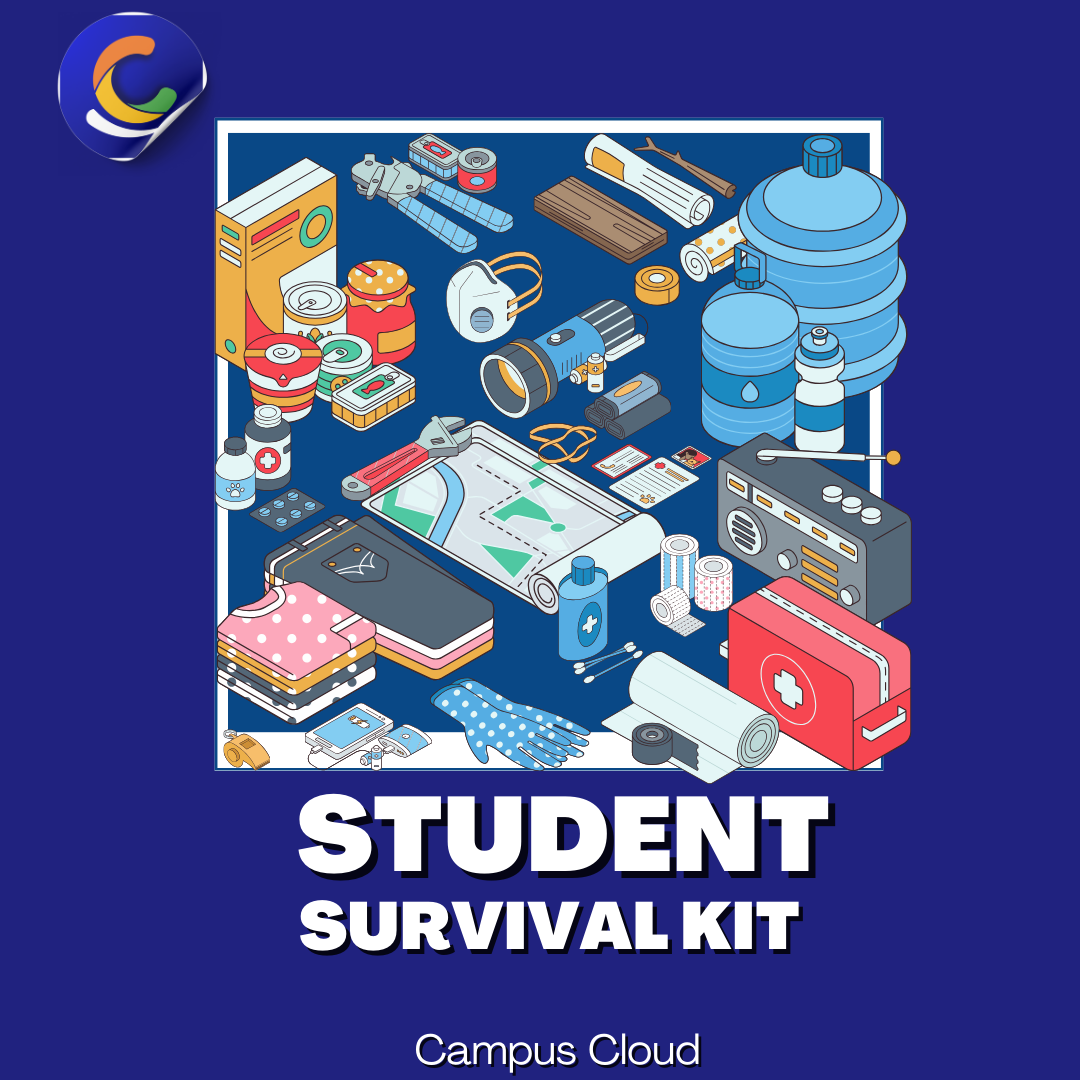The modern student cloud is transforming how education is accessed, creating new opportunities for learners worldwide. By integrating cloud technologies, students now have access to resources, tools, and collaboration platforms that enhance their learning experience.

The Need for a Campus Cloud
Traditional university portals and Learning Management Systems (LMS) often fall short of providing a truly integrated experience. A Campus Cloud goes beyond basic LMS functions, offering real-time collaboration, intelligent analytics, and personalized recommendations tailored to each student’s academic journey.
Key Features of a Campus Cloud
- Seamless Course Management – A cloud-based dashboard where students can track assignments, deadlines, and syllabus updates in real time.
- Collaboration Tools – Integrated messaging, discussion boards, and virtual study groups to foster teamwork.
- AI-Powered Recommendations – Personalized study resources, tutoring suggestions, and career development opportunities based on user behavior.
- Cloud Storage & Security – A secure platform where students can store and access their documents anytime, anywhere.
- Financial & Administrative Integration – Manage tuition payments, scholarships, and administrative processes without the hassle of paperwork.
- Career Services & Alumni Network – A professional hub to connect students with mentors, internships, and job opportunities post-graduation.
How U.S. Universities Are Adopting Cloud-Based Solutions
Many U.S. institutions, from Ivy League universities to state colleges, are increasingly integrating cloud solutions into their infrastructure. Schools like MIT and Stanford leverage AI-driven systems to enhance learning experiences, while community colleges focus on affordability and accessibility through digital transformation.
The Future of Campus Cloud in the U.S.
With the rise of remote learning and hybrid education models, a Campus Cloud is no longer a luxury—it’s a necessity. Institutions that invest in these technologies not only improve student outcomes but also create a more connected and efficient learning environment.
Conclusion
The shift toward digital-first education is inevitable. A well-designed Campus Cloud empowers students, enhances institutional efficiency, and ultimately shapes the future of higher education in the U.S. Universities that embrace this change will lead the way in delivering a seamless, intuitive, and highly personalized academic experience.